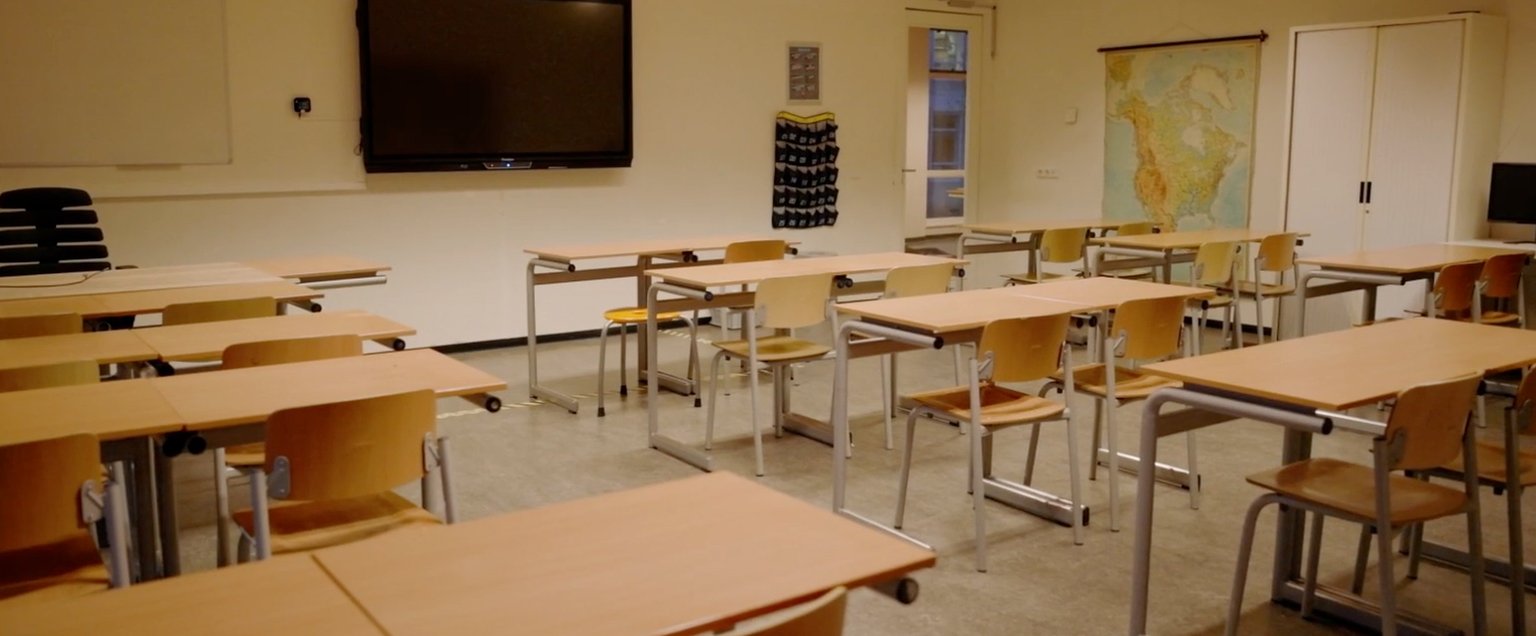The Anne Frank House aims to use the survey, in which 432 teachers took part in 2022, to gain an up-to-date picture of the nature and extent of antisemitic incidents among secondary school students. Similar research was also conducted in 2013 and 2004. In 2013, 35% of teachers experienced one or more antisemitic incidents in the classroom, compared to 50% in 2004. Antisemitism in the classroom, as in society, remains an intractable problem.
Summery of the survey research in English (pdf)
The full report in Dutch (pdf)
Backgrounds
When we asked teachers about the backgrounds to the antisemitic incidents they experienced in the past year, we found that football was the most common context in which students were abusive towards Jews as a group. Over a third of all teachers mentioned this football context. This football-related antisemitism has its origins in rivalries between fans of different football clubs, so it also manifests itself outside football stadiums in secondary schools. Antisemitic remarks also occur as a result of the Middle East conflict; the conflict between Israel and the Palestinians. This is a long-standing and recurring phenomenon. A third of teachers report insults directed at Jews in this context. Downplaying or denying the Holocaust is also common. The survey shows that 14% of teachers have been faced with this in the past year.
All educational levels
Antisemitic incidents occur at all educational levels, from basic ‘practical school’ to VWO (pre-university education), with an overrepresentation in VMBO (pre-vocational education). This mainly involves swearing and insults that are not targeted at a specific individual. The majority of perpetrators are of Western origin and male. At the same time, in view of the school population, there is a relative overrepresentation of students with a Dutch-Moroccan background. This proportion has increased in comparison with the 2013 survey. Students from Western backgrounds are largely responsible for football-related antisemitism, while students from Dutch-Turkish or Dutch-Moroccan backgrounds are more often responsible for Middle East-related antisemitism.
